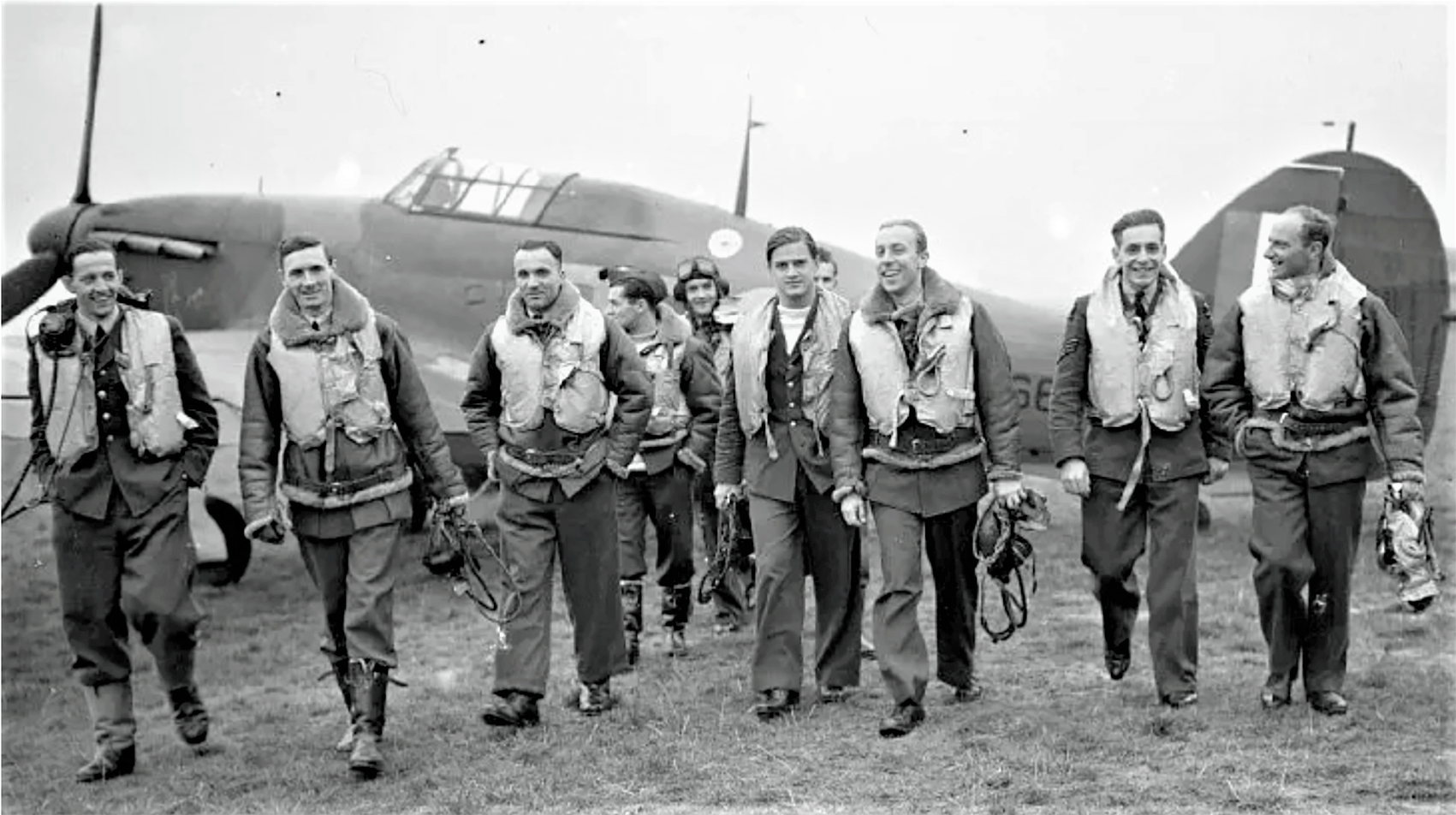By Christian Nielsen
On July 10, 1940, the formal burial of Adolf Hitler’s plan to invade England began, the last great obstacle in his majestic project to take over Europe and found his 1,000-year empire. His strategists had already designed the Sea Lion operation (Unternehmen Seelowe) that intended to land a million men and 35,000 vehicles in less than a week on the British Isles. The fuhrer counted on the weakness of England, after the disastrous campaign of the British expeditionary force that had failed in its attempt to contain the Germans in their sudden invasion and conquest of France.
Indeed, the English were very beaten after saving their FEB by a hair by evacuating it, just a month earlier, in what is known as “the miracle of Dunkirk”. Almost defenseless after abandoning an immense material on the beaches of northern France, the army of the islands had to dust off artillery from the museums and mobilize its civil guard of veterans. It was coming that “we will fight on the beaches, in the fields, on the hills… we will never surrender” that Winston Churchill had promised when he opposed, in the House of Commons, any idea of negotiating with Hitler. The prime minister had predicted blood, sweat and tears to keep the island territory intact.
His prediction was on its way.
ALBION IN SIGHT
History says that it was Pliny the Elder, a Roman soldier and historian of the 1st century, who called Albion the present-day England. Seen from the shores of France, the white cliffs of Dover presented the Roman conquerors with a calm and attractive panorama across the stretch of sea now known as the English Channel, but which the English prefer to call the English Channel, or simply the channel.
On July 10, 1940, Marshal Herman Goering, commander of the Nazi air force, gazed jubilantly from the Calais docks at those immaculate limestone cliffs. The first wave of bombers, with their escort of fighters, had just clattered across the channel with the aim of pulverizing the islands’ first lines of defense, especially the radar installations and anti-aircraft bunkers.
Goering had promised the fuhrer to “sweep from the skies within a week” anything that flew over England other than the Heinkels and Stukas of the Luftwaffe.
Of course, the Marshal did not count on the pilots of the Royal Air Force. They made the difference.
A PAPER GENIUS
Detonated the conflict on September 1, 1939, Churchill did not take long to locate the weak points of the defensive armor: the air force. Political verbiage and military rigidity had bogged down aircraft production. Fed up, Churchill created the Ministry of Aircraft Construction which he put in charge of a certain Max Aitken, a Canadian paper manufacturer and founder of newspapers. Horror. A civilian practically in charge of the English air force?
But the Prime Minister ignored the taunts directed at him from all quarters, especially from close military circles. He preferred that the facts precede him. The RAF staff was surprised, a month before the invasion attempt, with a delivery of Hurricane and Spitfire fighters much higher than calculated.
Piloting those now true legends of aerial warfare, a handful of boys raised the wall of will against which the latest weapons of the Third Reich and, above all, Hitler’s dark plans for world domination crashed again and again.
MARTYR CITIES
The Battle of Britain lasted 110 days, starting on July 10, 1940. In the ports of Calais, Le Havre and Cherbourg, 30 infantry divisions awaited the order to embark to cross the channel and invade England. Another 20 were on their way to the docks including tanks, heavy artillery and all kinds of transport vehicles. But for this to happen, Goering’s promise would first have to be fulfilled: take the RAF out of the air and demolish the air defences. Neither one thing nor the other happened.
Stukas were dive bombers that, once their bombs had been discharged, were of little use in aerial combat. They were a piece of cake for the Spitfires. The Messerschmit 109, the best German fighter, had barely 20 minutes of autonomy over the islands. Only the Heinkel and Dornier bombers remained, poorly armed to repel the furious attacks of the English who made a good carnage among those flying catafalques. Still, cities like London, Birmingham, Belfast, Manchester and Plymouth were hit hard. Coventry was particularly devastated to the point that its tragedy coined the verb coventrize, synonymous with mass destruction.
SPITFIRES!
October was coming to an end and the “perfidious Albion” showed no signs of prostration. Goering had already assured the fuhrer that the British air force was on its last legs. The reality was that his own Luftwaffe had been bled dry without reaching its objective: 1,150 bombers and 700 fighters lay in ashes on the English fields or sunk in the channel. Furious, Goering harangued his pilots and asked what they needed to break through the English defense. “Spitfires, Marshal!” Adolf Galland snapped in his face, an ace who accounted for the shooting down of 104 British planes.
With winter at the gates and the canal raising waves of 15 meters, the dream of the sea lion succumbed. The ports were closed and the troops that were to occupy England were redirected to the east, where the pleasant surprise of going, now, through Russia awaited them.
In London, silent and strewn with ruins, Churchill placed on the chest of the handful of heroes of the air the best of decorations:
“Never, in the history of human conflict, have so many owed so much to so few.”


















